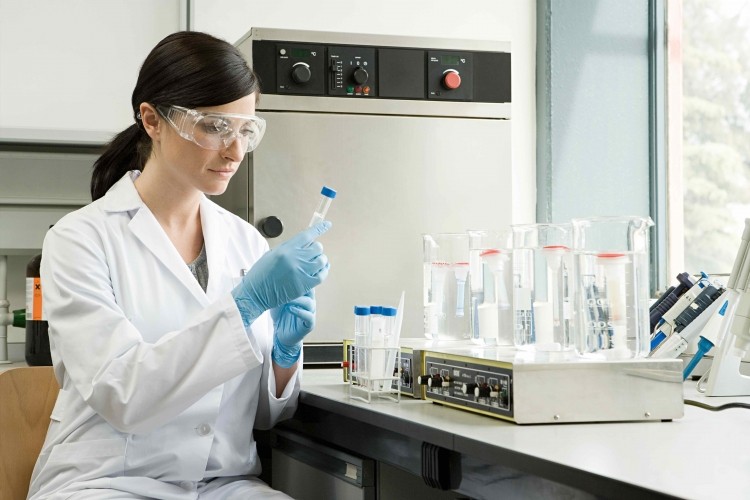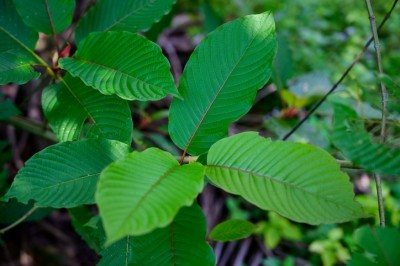Alkemist Labs warns pesticide results may omit tests for certain chemicals

The Garden Grove, CA-based analytical lab added pesticide testing to its suite of services earlier this year. In so doing it became aware that many clients said the results they had obtained from other third party labs in the past were not as comprehensive as the panel that Alkemist supplied to its clients.
Guidance taken from USP chapter
This came as something of an unwelcome surprise, the company said. In order to conduct a full survey, the tests should conform to the USP general chapter denoted as <561>, said Perla Erlandson, Alkemist’s director of sales and marketing. That chapter details tests for 70 reportable compounds covering 121 individual analytes.
“USP <561> is a general guidance chapter and not a regulatory requirement. Companies can choose their specifications based on their own risk-based assessments of their supply chain and can certainly exclude pesticides that do not pose a risk of contamination,” Erlandson said.
“However, the material point is that companies that choose to follow the analyte list and corresponding limits for pesticides included in <561> expect to test for every analyte listed. Most of the companies that have helped us discover the discrepancy have been surprised, if not shocked, that their internally set specifications were not being followed and immediately updated their testing protocols to make sure all of the <561> pesticides were tested,” she added.
What Alkemist Labs found is that many pesticide surveys have been omitting tests for two classes of chemicals: Inorganic bromide and Dithiocarbamates measured and reported as carbon disulfide (CS2). These chemicals are used to deal with microbial contamination and/or fungal contamination of botanical materials.
Finding all of the analytes requires significant extra work
To cover the entire USP Panel, Alkemist conducts four separate assays using three different instruments: one run each of UPLC-MS/MS, APGC-MS/MS, and two runs of GC-MS/MS.
“Ninety-eight percent of the compounds tested for UPLC-MS/MS and the APGC-MS/MS; the other 2% requires two additional analytical runs,” said Anthony Fontana PhD, Alkemist's lad director.
“What we have learned is that a lot of labs skip those, quite possibly because of the time and processing you need to run it. You are changing over the same instrument twice, each time to search for one more analyte, which can take half a day. Skipping these two runs only omits two analytes from an already lengthy report, so they may be easily overlooked,” he added.
Alkemist said from the reports it has seen, some C of A’s are transparent about the missing compounds, but others are not. Sometimes the cost to the manufacturer doubles if those two last analytes are added to the test run.
At least one sample failed more comprehensive test
Alkemist said in the pesticide tests it has run so far inorganic bromide has been found in several samples and one lot was failed because the level was too high. Without the additional testing that Alkemist did, this material would presumably have been approved for use in the past.
“I understand why some labs may use this practice, which would make testing less expensive, but it’s misleading,”, said Elan Sudberg, CEO of Alkemist Labs.









